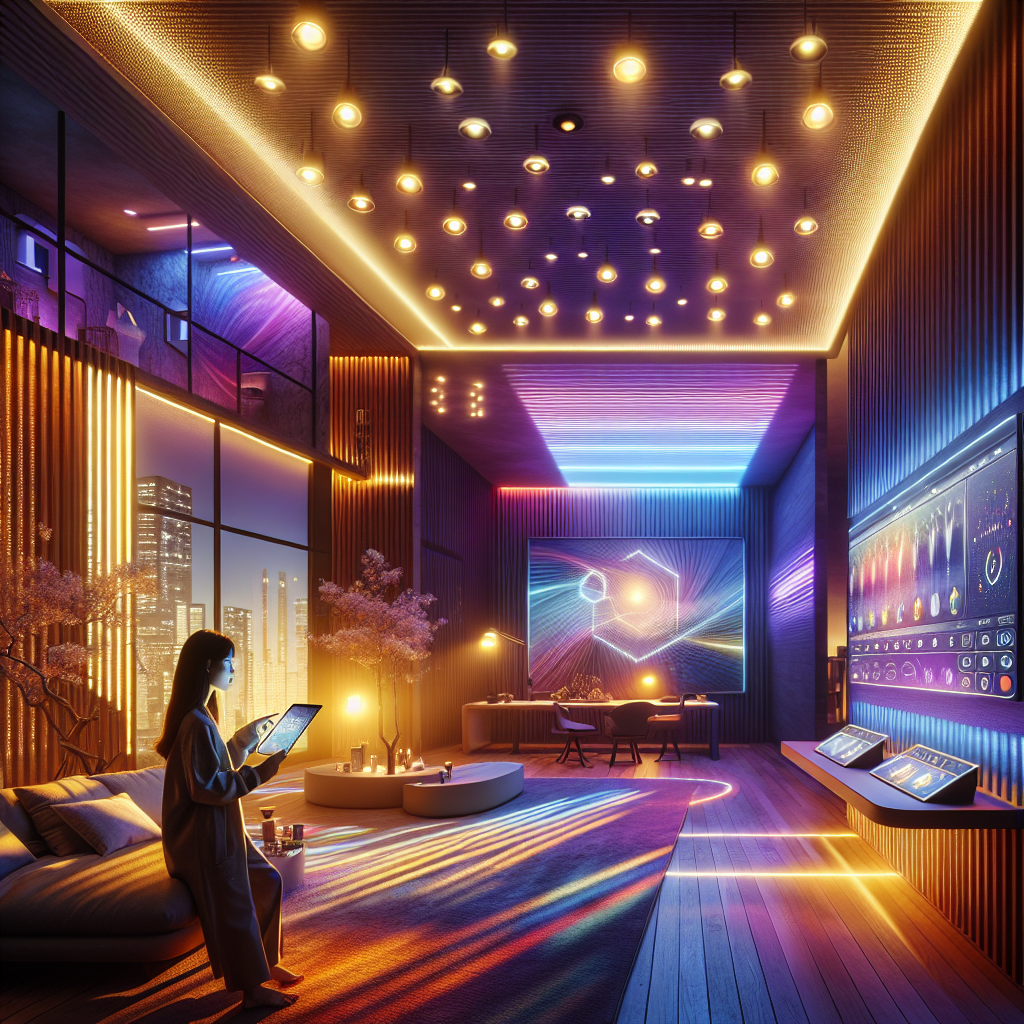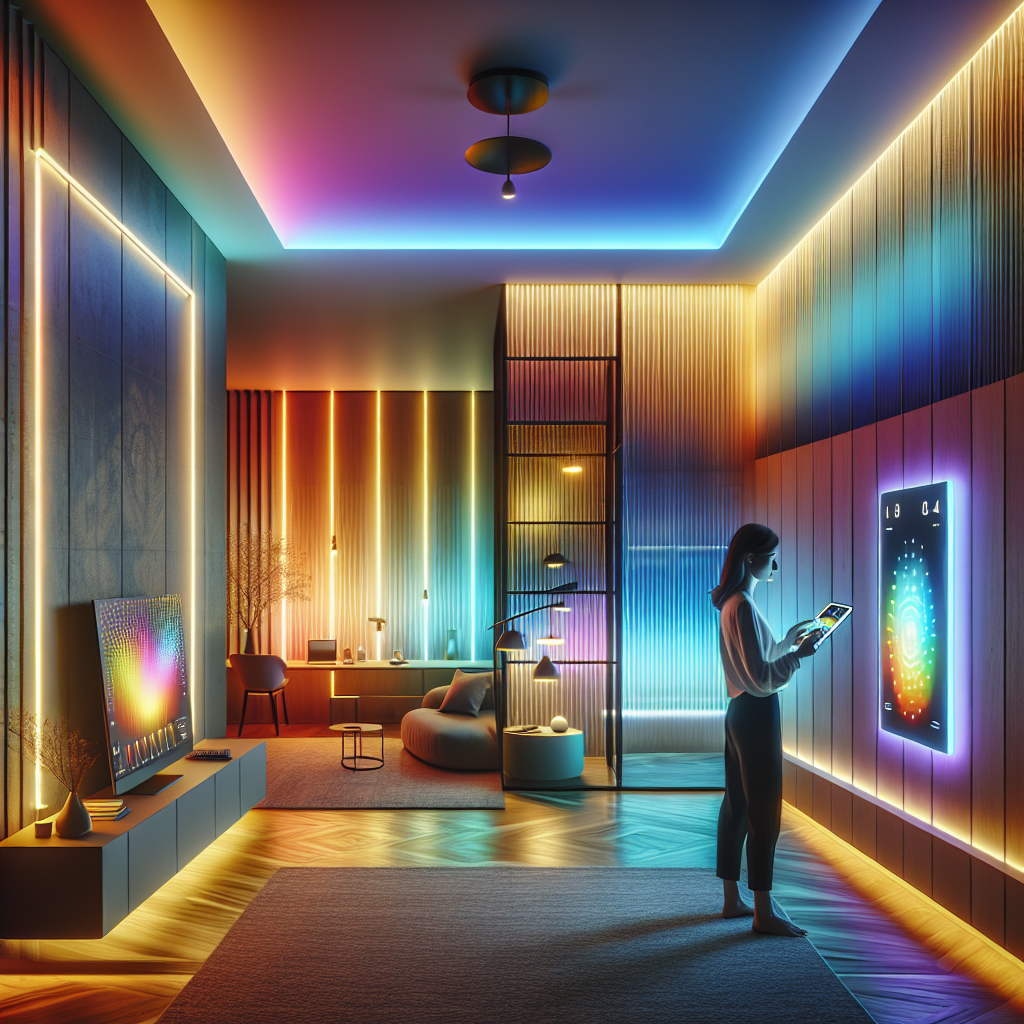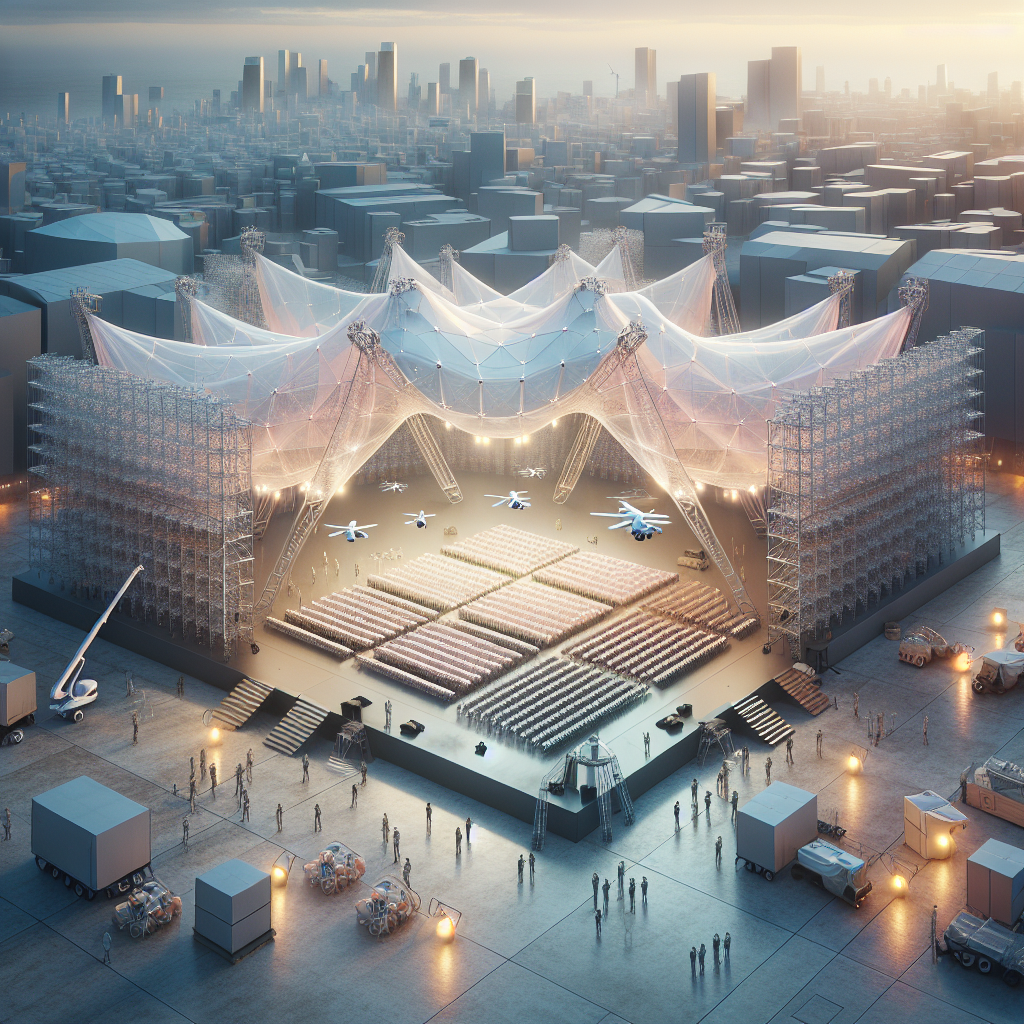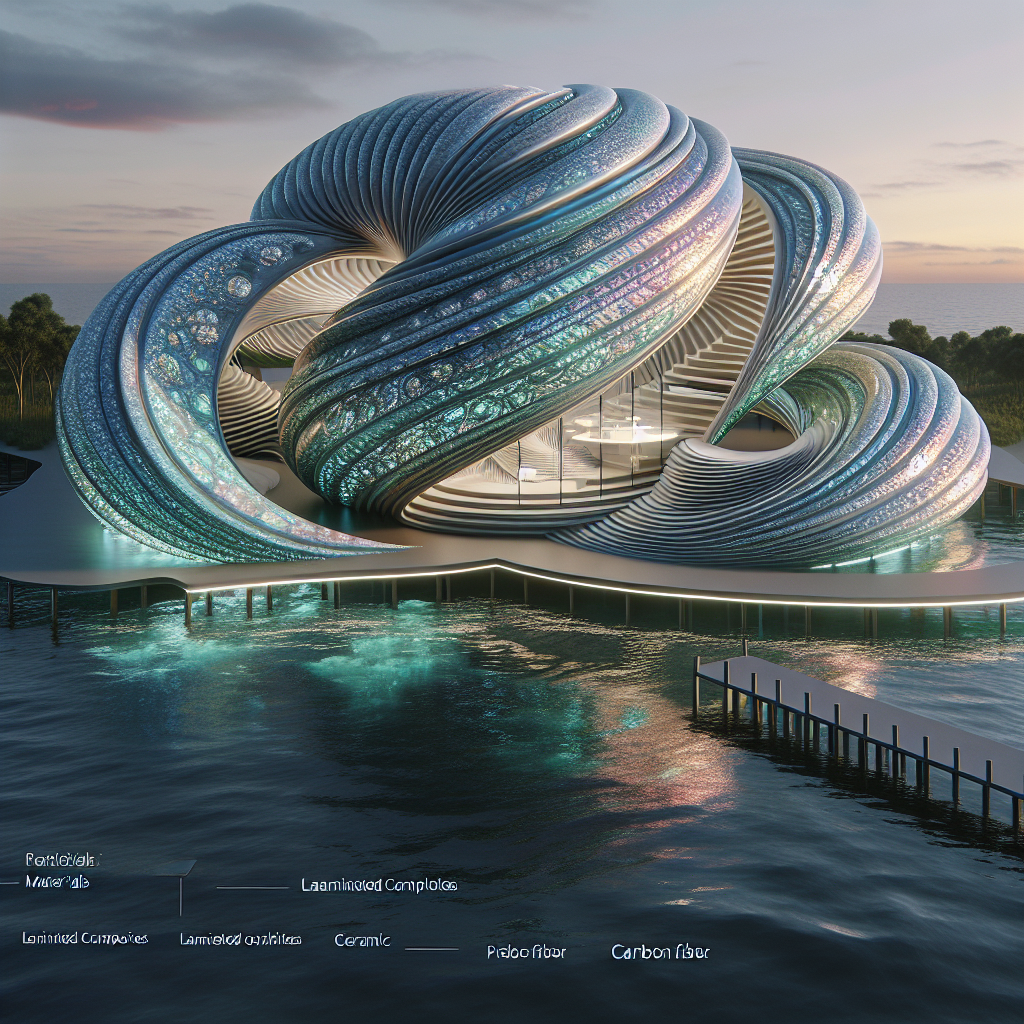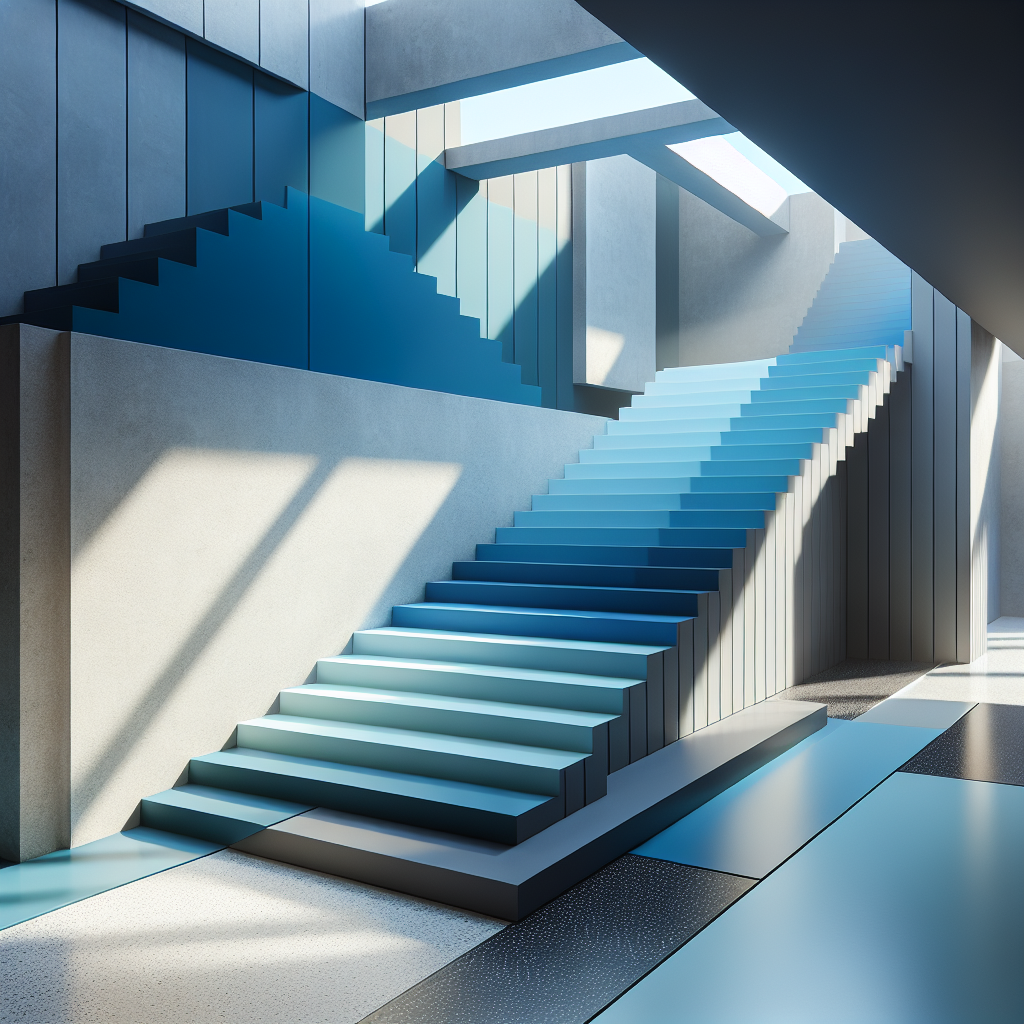Chromatic illusions in interior lighting color-shifting LEDs for mood enhancement
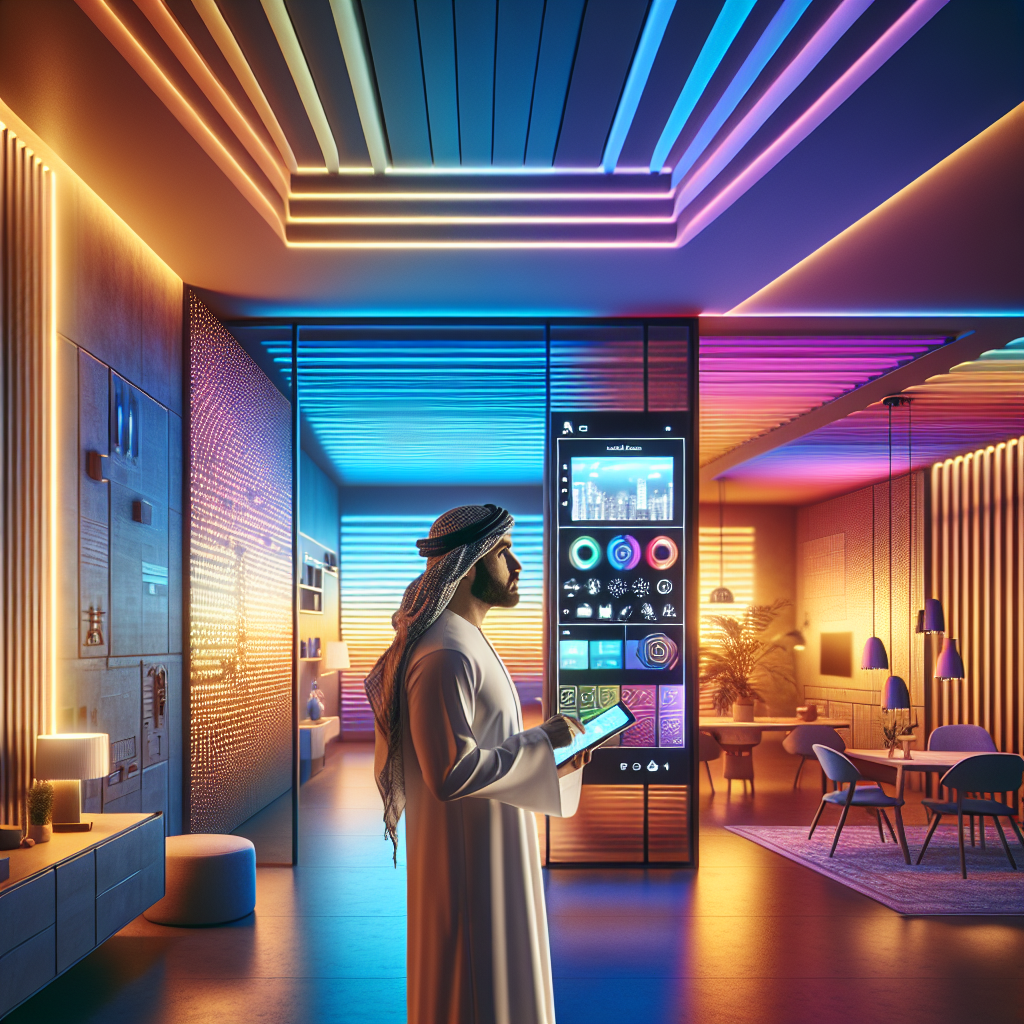
Chromatic Illusions in Interior Lighting: Color-Shifting LEDs for Mood Enhancement
In the ever-evolving world of interior design, lighting has transcended its functional role to become a key player in shaping emotions and experiences. With the advent of color-shifting LED technology, designers are now leveraging chromatic illusions to create dynamic, mood-enhancing environments. These innovations are not just about aesthetics; they tap into the psychology of color, influencing human perception and well-being.
The Science Behind Chromatic Illusions
At the heart of this phenomenon lies the concept of color psychology, which explores how different hues affect emotions and behavior. Warm tones like amber and red evoke feelings of comfort and intimacy, while cooler shades such as blue and green promote relaxation and focus. By integrating smart LED lighting that shifts hues throughout the day, designers can manipulate spatial perception, making rooms feel larger, cozier, or even more energetic.
One of the most fascinating aspects of chromatic illusions is their ability to alter our perception of depth and texture. A strategically placed gradient of light can make a flat wall appear three-dimensional, while subtle color transitions can create the illusion of movement. This interplay of light and color is reminiscent of the techniques used in architectural color theory, where designers harness optical effects to enhance spatial experiences.
Smart LEDs: The Future of Adaptive Interiors
The rise of smart home technology has propelled the adoption of adaptive lighting systems that respond to environmental cues and user preferences. Modern LED fixtures can now be programmed to shift hues based on the time of day, syncing with circadian rhythms to improve sleep quality and productivity. This is particularly relevant in urban environments where access to natural light is limited.
Beyond residential applications, commercial spaces are also embracing this trend. Retail stores use dynamic lighting to guide customer behavior, while offices implement biophilic lighting to mimic natural daylight cycles, enhancing employee well-being. The integration of biophilic design principles into lighting strategies underscores the growing emphasis on holistic, human-centric environments.
Artistic Applications: Blurring the Line Between Light and Space
Artists and designers are pushing the boundaries of chromatic illusions by incorporating color-shifting LEDs into immersive installations. These works challenge our perception of space, creating surreal environments that evolve in real-time. One notable example is the use of projection mapping combined with dynamic lighting to transform static surfaces into living canvases.
In hospitality and entertainment venues, color-changing LEDs are used to craft multi-sensory experiences. From futuristic hotel lobbies that shift hues based on guest interactions to nightclubs where lighting pulsates in sync with music, these innovations redefine how we engage with built environments. This aligns with the broader trend of interactive installations, where design becomes an active participant in human experiences.
Challenges and Considerations
Despite their transformative potential, color-shifting LEDs present certain challenges. Overuse of dynamic lighting can lead to sensory overload, particularly in spaces meant for relaxation. Additionally, achieving seamless transitions requires meticulous programming and high-quality fixtures to avoid flickering or unnatural color shifts.
Energy efficiency is another key consideration. While LEDs are inherently more sustainable than traditional lighting, excessive use of color-changing features can increase power consumption. Designers must strike a balance between aesthetics and environmental responsibility, aligning with the principles of sustainable design.
The Future of Chromatic Lighting
As technology advances, we can expect even more sophisticated applications of chromatic illusions in interior lighting. Innovations such as AI-driven lighting systems that adapt to individual moods and preferences are already on the horizon. Furthermore, the integration of nanotechnology in LED manufacturing could lead to even more precise color control and energy efficiency.
Ultimately, the fusion of lighting design and psychological research is shaping a new era of experiential interiors. Whether in homes, workplaces, or public spaces, color-shifting LEDs are not just illuminating environments—they are transforming the way we feel within them.

